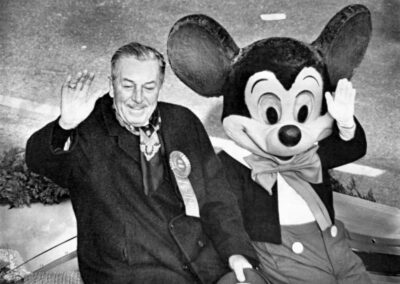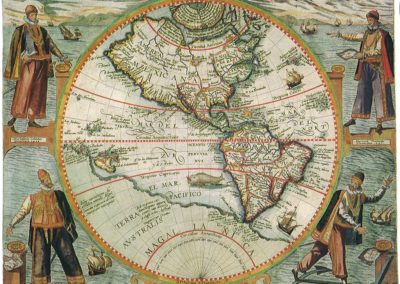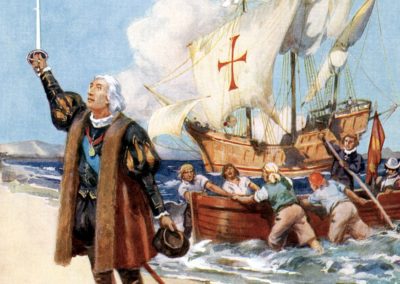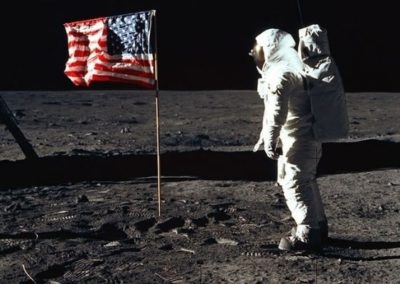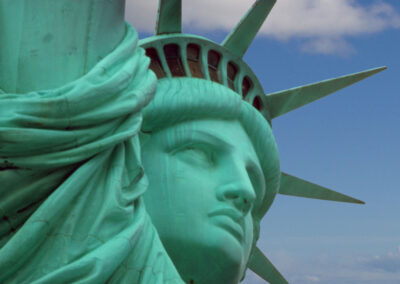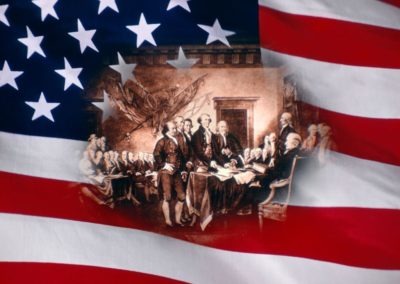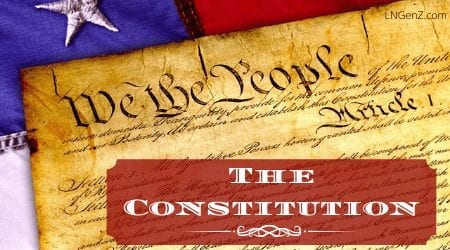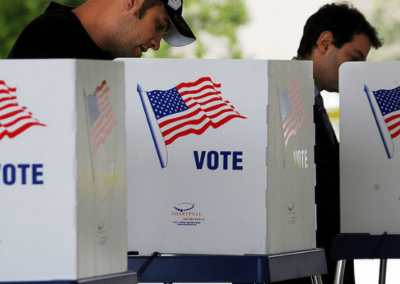A History of Ukraine: Battleground for Empires – Part 1
Caught between imperial powers, Ukraine was divided for centuries.
By: GenZ Staff | March 10, 2022 | 889 Words
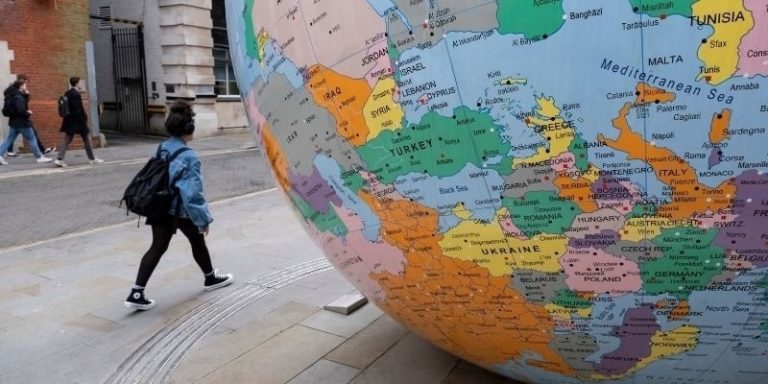
(photo by Mike Kemp/In Pictures via Getty Images)
Ukraine is a country in Eastern Europe with a complicated past. After Russia’s invasion in February 2022, the nation is at war, and the whole world is watching. Why has Ukraine become a flashpoint for global conflict? To find out the answer, we first have to look to the past.
Today, Ukraine is an independent country. The capital city is Kiev, or Kyiv. Most of this nation’s history, though, has been a tale of takeovers and invasions by different empires.
The Kievan Rus – A Golden Age
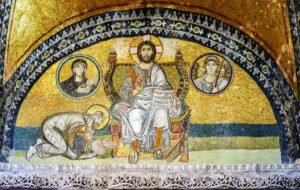
Imperial Gate Byzantine mosaic in Istanbul (formerly the empire’s capital Constantinople) (Photo by: Pictures from History/Universal Images Group via Getty Images)
Ukraine is located on the Black Sea, which attracted many ancient settlements. Over time, the Slavic peoples made the area their home.
Different “states” formed in Eastern Europe, and they became a loose federation, with Kiev as the center. This was known as the Kievan Rus, and it existed during from the ninth through the 13th centuries. Vladimir the Great ruled from AD 980 to 1015, and he started the Golden Age of Kiev. He converted the region to Christianity and built connections with the Byzantine Empire. This brought trade and wealth, as well as literacy and the beginning of the Orthodox church. The federation became the largest state in Europe by area, as well as a major center of culture and learning.
However, both the Byzantine Empire and the Kievan Rus eventually collapsed. Other regional powers rose, and the area was overrun by the Khans from Mongolia.
Divided by Empires

The Zaporozhian Cossacks. Artist Jozef Brandt. (Photo by Fine Art Images/Heritage Images/Getty Images)
Kiev was no longer the cultural center of Eastern Europe. By the 14th century, the Golden Horde (Mongol Empire) held the south of Ukraine, while the Grand Duchy of Lithuania gained the north.
In the 1500s, Poland and Lithuania joined to form the Polish-Lithuanian Commonwealth. Poland was given Lithuania’s land in Ukraine. Over hundreds of years, Poland expanded its territory. This brought a Polish influence to the aristocracy – including the Catholic faith. There was social division as the peasants held on to the local traditions and Orthodox Christianity.
Conditions for peasants got worse, leading to unrest. They began to turn to the Cossacks, a group of semi-independent warrior tribes. Their name comes from the Turkic word kazak, which means “adventurer” or “free man.” The Cossacks were devoutly Orthodox and rebelled against Polish rule, taking over part of central Ukraine.

Poland began losing territory, while the Islamic Ottoman Empire had absorbed the Mongol-ruled south of Ukraine. By then, Russia had recovered from the collapse of the Kievan Rus and moved its capital city to Moscow. A royal family was in charge, and the Russian Empire was gaining territory in Europe. It took over eastern Ukraine.
Russia kept expanding from the east, while new empires appeared from the west. By 1900, much of Ukraine belonged to Imperial Russia, while the western part was ruled by the Hapsburg monarchy of Austria-Hungary.
Despite the region’s divided nature, a national identity began to form in Ukraine. In the east, this was suppressed by Russia, which still saw Ukrainians as “Little Russians” of the Kievan Rus. Russia hoped to bring Ukraine back to the old Rus identity. In the west, the Austrians allowed a larger nationalist movement to bloom.
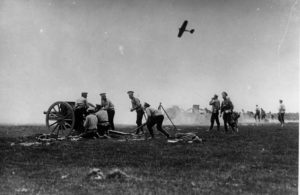
Russian troops on the Eastern Front during World War I. (Photo by Slava Katamidze Collection/Getty Images)
The First Try for Independence
In 1914, World War I broke out. Russia and Austria-Hungary were enemies in the war, and Ukrainians fought for both armies. However, by the end of the war, both empires were destroyed and a new Europe emerged.
The Russian Revolution of 1917 ended the Russian Empire, and the communist Soviet Union was formed in its place. Russia succumbed to civil war, with communists on one side and those loyal to the royal family on the other.
Ukraine finally had the chance to become a nation in its own right. A Ukrainian People’s Republic was declared on June 23, 1917, and independence was proclaimed in 1918. At the end of World War I, the Treaty of Brest-Litovsk granted many Eastern European regions independence, including Ukraine. A West Ukrainian People’s Republic was also formed, and the two republics signed a law to unite on January 22, 1919.

Military officers from Russia and the Austro-Hungarian Empire meet to sign the Peace Treaty of Brest-Litovsk in 1918. (Photo by © Hulton-Deutsch Collection/CORBIS/Corbis via Getty Images)
But it was not to be. A civil war emerged as different groups vied for control. Poland retook some of Western Ukraine, Czechoslovakia and Romania claimed land, and still other areas were drawn into Russia’s civil war.
In the end, the Soviet Union (Russia) claimed the land, and Ukraine was formally recognized as part of the union in 1922. Ukraine stayed a part of the Soviet Union for the next 72 years, until the empire’s collapse in 1991.
In Part Two of “A History of Ukraine: Battleground for Empires,” we look at the country’s time as a Soviet Republic, and how it finally gained independence. Continue the story here.


